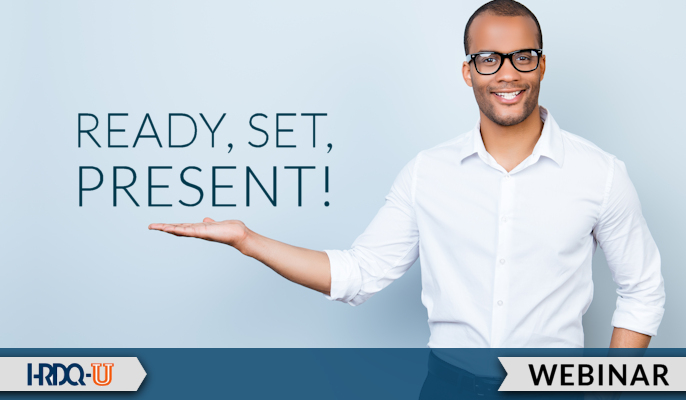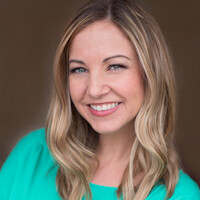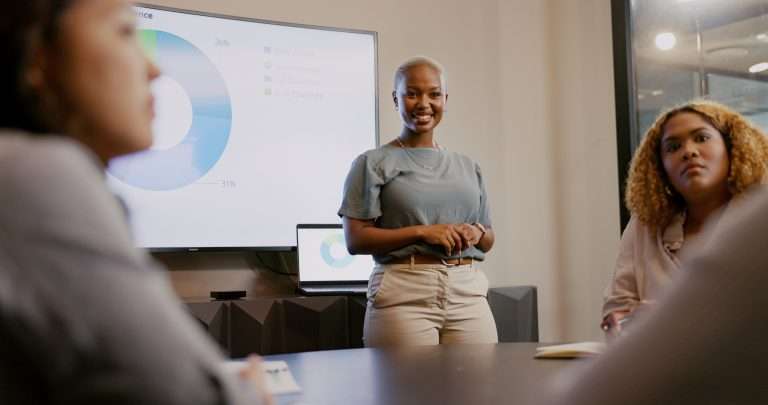The Difference Between Open- and Closed-Ended Questions
As presenters, to engage our audience, we should strive for open-ended questions to get answers. Open-ended questions create dialogue. A conversation is more engaging than a straight lecture.
Open-ended questions also empower the audience to think critically about the presented material. Instead of passively absorbing the information, audience members are prompted to reflect on the subject matter, consider different angles, and form their own opinions. This deepens the audience’s understanding and contributes to a more interactive and thought-provoking presentation.
Additionally, open-ended questions provide presenters with valuable feedback and insights. Depending on the responses you receive, you can tailor your content to better match the audience’s needs and interests.
On the other hand, closed-ended questions close off your conversation. If your audience can answer with a simple yes or no, you aren’t pulling engagement from them.
Closed-ended questions also make it difficult to understand your audience’s comprehension of the material and their interests. This puts you and your presentation at a disadvantage because you don’t know how best to address their concerns and keep them engaged, so they aren’t fully absorbing the information of your presentation.
Presenters should be mindful of their question-posing strategy, opting for open-ended questions to encourage active participation, critical thinking, and a more interactive presentation. By avoiding an over-reliance on closed-ended questions, presenters can create a more engaging and dynamic atmosphere that fosters a deeper connection with the audience.
Tips to Engage Your Audience
Here are some tips to keep in mind to effectively engage your audience with questions that will get answers:
- Begin your question with words like how, why, and what instead of do, is, are, or will.
- You can follow up a closed-ended question and make it open-ended by saying, “Tell me why you think that” or “Explain that response.”
- Avoid asking questions like “Does that make sense?” or “Is everyone following?” Not only are they closed-ended, but they put the audience members in a negative light if they respond by saying they don’t understand.
- Tailor your questions to the interests and knowledge level of your audience.
- Ensure the questions you ask directly relate to the presentation’s content.
- Use a variety of open-ended questions that are opinion-based, scenario-based, and reflective to keep the audience engaged.
How to Phrase Your Questions
Here are some examples of how switching your phrasing will elicit dialogue from your audience.
Closed: Do you think this strategy could work in your department?
Open: What do you think about implementing this strategy in your department?
Closed: Is the deadline on everyone’s radar?
Open: What concerns or comments are there about the deadline?
Closed: Can I tell you a little more about this product?
Open: Where would you like to start our discussion about this product?
Closed: Does everyone understand?
Open: Who can summarize what we just covered?
Closed: Is this making sense?
Open: Where can I elaborate?
Remember, questions are your friend! Use them and invite them. A solid presenter encourages questions and does not run away from them. One last example as a way to end this post:
Closed: Do you have any questions about questions?
Open: What questions do you have about questions?


























